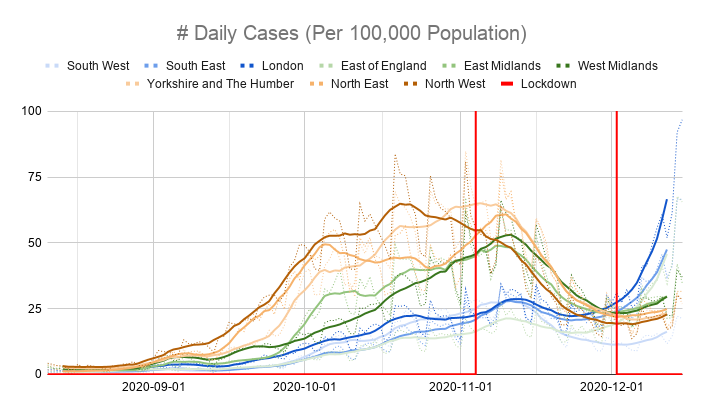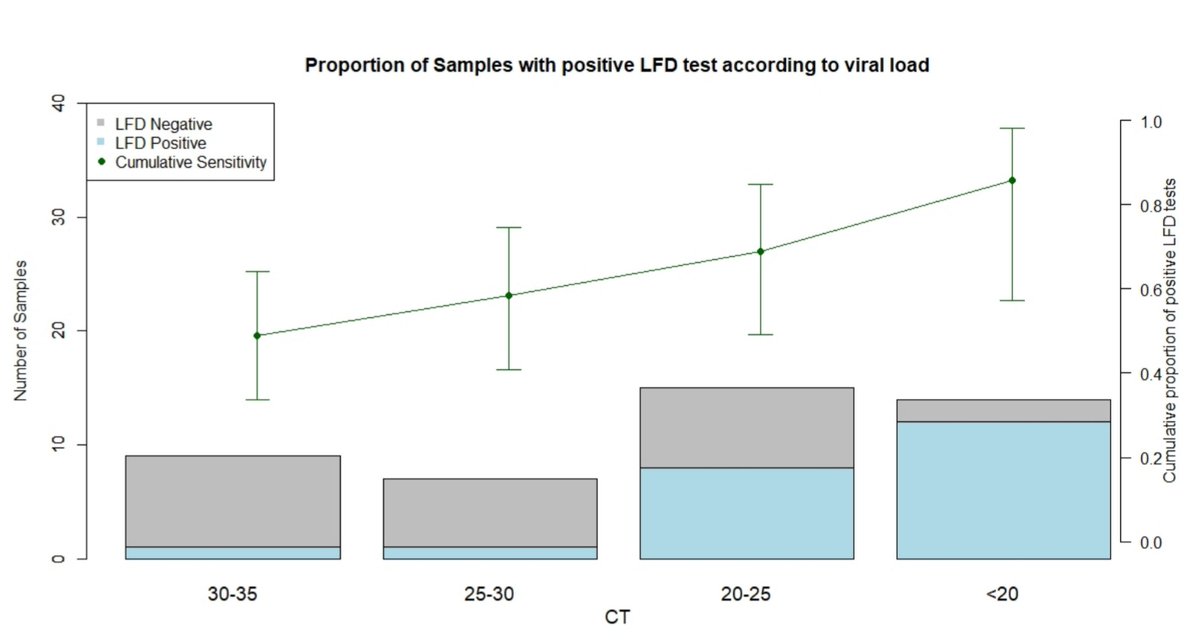
2,800 lorries are now stranded in Kent, with many drivers not even having access to basic facilities. The government appears to have done nothing to help them.
https://twitter.com/standardnews/status/1341459526998962179
Meanwhile a Sikh charity that's more used to aiding victims of wars and natural disasters is stepping in to provide bottled water and hundreds of hot meals for stranded drivers.
https://twitter.com/Khalsa_Aid/status/1341442293165924353?s=19
The good news is France has agreed to reopen the border.
The bad news is this only applies to EU nationals and residents, and they must have had a negative PCR test within the last 72 hours.
So it may be a couple of days before things get moving.
The bad news is this only applies to EU nationals and residents, and they must have had a negative PCR test within the last 72 hours.
So it may be a couple of days before things get moving.
https://twitter.com/andrewiconnell/status/1341446270355992578?s=19
CORRECTION: I missed the bit at the end that says in the absence of a PCR test, you can instead use an antigen test which is sensitive to the new strain of the virus, from a list provided by the French health ministry.
This does include the Innova LFTs.
uk.ambafrance.org/Antigen-tests-…
This does include the Innova LFTs.
uk.ambafrance.org/Antigen-tests-…
So it looks like the government finally has a use for the millions of lateral flow tests they bought from Innova, after care homes and directors of public health refused to back their use over concerns that they may miss many people who have the virus.
https://twitter.com/_johnbye/status/1341430503803641856?s=19
I wonder if the French are aware that the Innova test missed almost a third of people with higher viral load (PCR positive at below Ct 25) during trials in Liverpool?
If so, it's curious they're allowing that as proof that someone doesn't have the virus.
If so, it's curious they're allowing that as proof that someone doesn't have the virus.
https://twitter.com/_johnbye/status/1337562207836659720?s=19
• • •
Missing some Tweet in this thread? You can try to
force a refresh



















